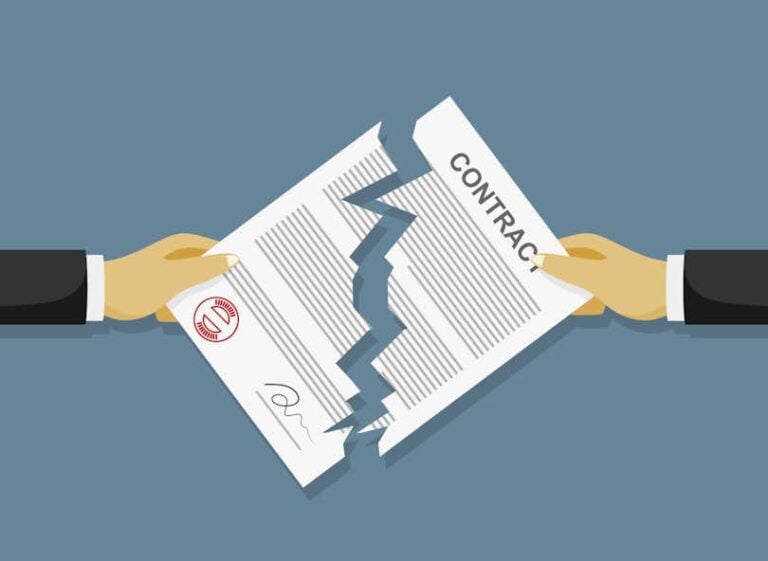While you never want to hear that you have a termite infestation, it's important to know before you attempt to sell your home so you don't run into issues with the buyer down the line. Learn everything you need to know about termite inspections — how to read the report and how much it will cost you.

When selling your home, you'll probably learn more about termites and Wood Destroying Organisms, or WDOs, than you ever thought you would in an entire lifetime.
Unfortunately, termites and other WDOs, like wood-boring beetles, fungus, and dry rot, can damage the structural integrity of your home and cause major problems down the line.
And while a termite inspection is not legally required in California, many lenders obligate buyers to have one before they hand over financing. The lender wants to protect their assets and have assurance that the home has no underlying issues with WDOs or possible foundation problems.
With this in mind, getting a termite inspection is in both the seller's and buyer's best interest — without approval and financing from the lender, the sale of the home could be in jeopardy.
Additionally, the termite inspection covers both the seller and buyer from legal recourse down the road. For instance, with the inspection, the buyer cannot claim the seller didn't disclose pre-existing issues and demand the seller pay for structural repairs.
In California, as in most states, you as the seller usually cover the cost of the WDO inspection though with many companies, they may offer to do the inspection at no cost with the hope that you'll come back to use their services for future problems.
If the inspector does charge, typically the inspection cost will range from $50 to $150 making it an inexpensive upfront cost that could end up saving you thousands in the future — the negligible fee and potential benefits make getting an inspection an easy choice for most sellers.
💰 MORE: Find out how much your home is worth with a free, instant home value estimate!
The Termite Inspection Report
During the termite inspection, the inspector will be looking for more than just termites. The inspector will be on the lookout for other pests, dry rot, leaks, and fungus that could cause structural damage to your foundation.
Incidentally, most of the time the inspector isn't actually looking for the insects themselves.
Rather, they are looking for damage to the wood caused by pests and identifying spots that may be conducive to creating a ripe environment that might attract termites, such as earth-to-wood contact where dirt is actually touching the wood sections of the foundation.
Once you get the termite and WDO inspection on your home, you'll receive a report from the inspector outlining their findings and analysis. The report will be divided into two sections — Section 1 and Section 2 — which will determine the next steps needed for both seller and buyer.
Section 1
Under Section 1, the inspector will identify any damage caused by termites and WDOs as well as if they spot an actual infestation.
These issues will need to be remedied immediately before the buyer moves into the home as the damage is considered a potential safety hazard for the new homeowners. Typically, the seller is on the hook for covering the costs of any pest solutions or treatments needed.
Treatments for active pest problems can either be small fixes, like spraying an isolated area, or they can be more involved, for instance, you may need to tent and spray the entire home.
Additionally, the seller will pay for any repairs needed to fix dry rot or replace wood damaged by termites.
Section 2
Section 2 of your termite report will focus on potential future problems with termite or WDO damage. For example, the inspector may note that an area could be a hotspot for pests and prone to creating an environment where termites would flourish and cause damage.
One of the more common prevention recommendations is to remove any soil away from the base of the house to lower the potential for a termite infestation.
All of the suggestions outlined in Section 2 will be preventative measures that don't necessarily need to be addressed immediately. And because these issues are simply potential outcomes and may only arise in the future, usually the buyer covers any costs for prevention.
Using the Termite and WDO Inspection During Negotiations
Many times both seller and buyer can use the termite inspection in order to help close the sale on the home. For instance, if the buyer is eager to close on the home, they could offer to pay for various repairs caused by termite damage including spray treatments and wood replacement.
On the other hand, if the seller is motivated to close quickly, they may offer to go above and beyond, paying for some of the preventable WDO measures in order to make sure the buyer is able to secure a loan and that the buyer will be less likely to back out of the deal.
While termite inspections may not be on the forefront of your mind when you're in the midst of the home selling process, the inspection can play a vital role in whether the deal actually goes through.
To make sure that you don't miss any details during inspections, work with an experienced, local real estate agent who will help you navigate the complicated and intricate ins and outs of the California home selling process.




